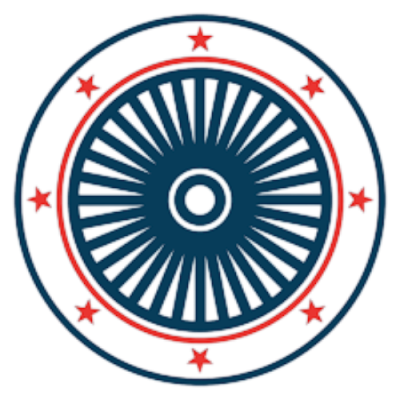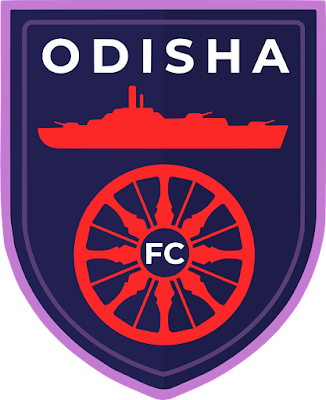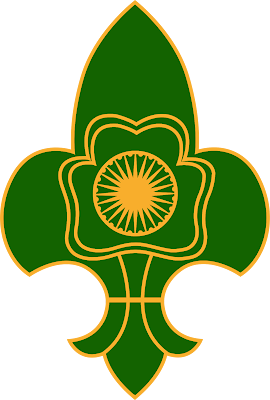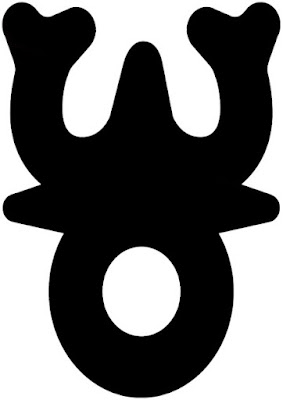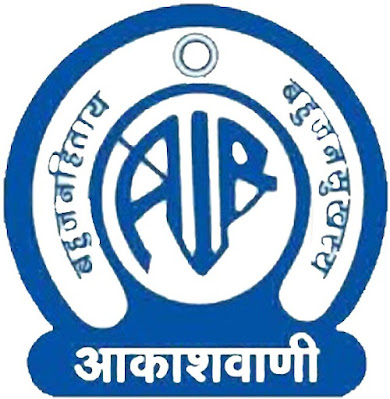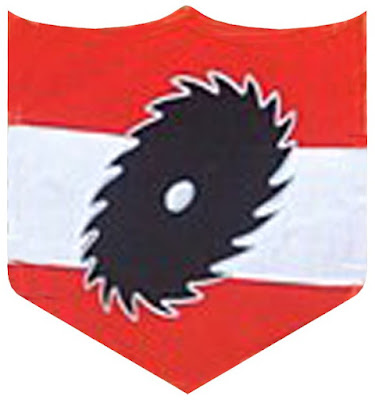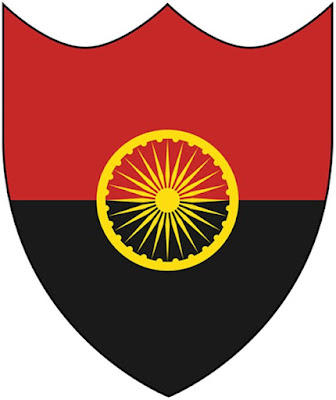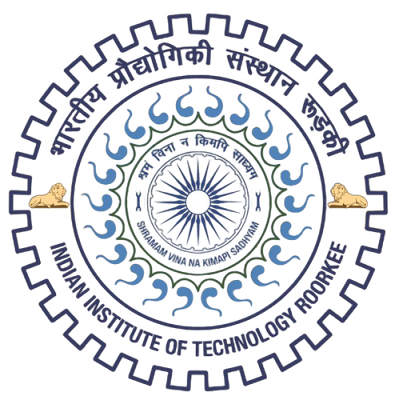PARADIP PORT AUTHORITY
.png)
PARADIP PORT AUTHORITY The brown colour emblem of Paradip Port Authority (PPA) has the motifs of a ship anchored in a port with a crane and jetty ensconced by a circular banner on which its name is written. The motifs are supported by the Dharma Chakra ensconced by a banner on which its name is written in Odiya. On a banner at the bottom its name is written in Devanagari. The colour brown denotes earthiness, simplicity, stability, humility, warmth, reliability, endurance, timelessness and tradition.
